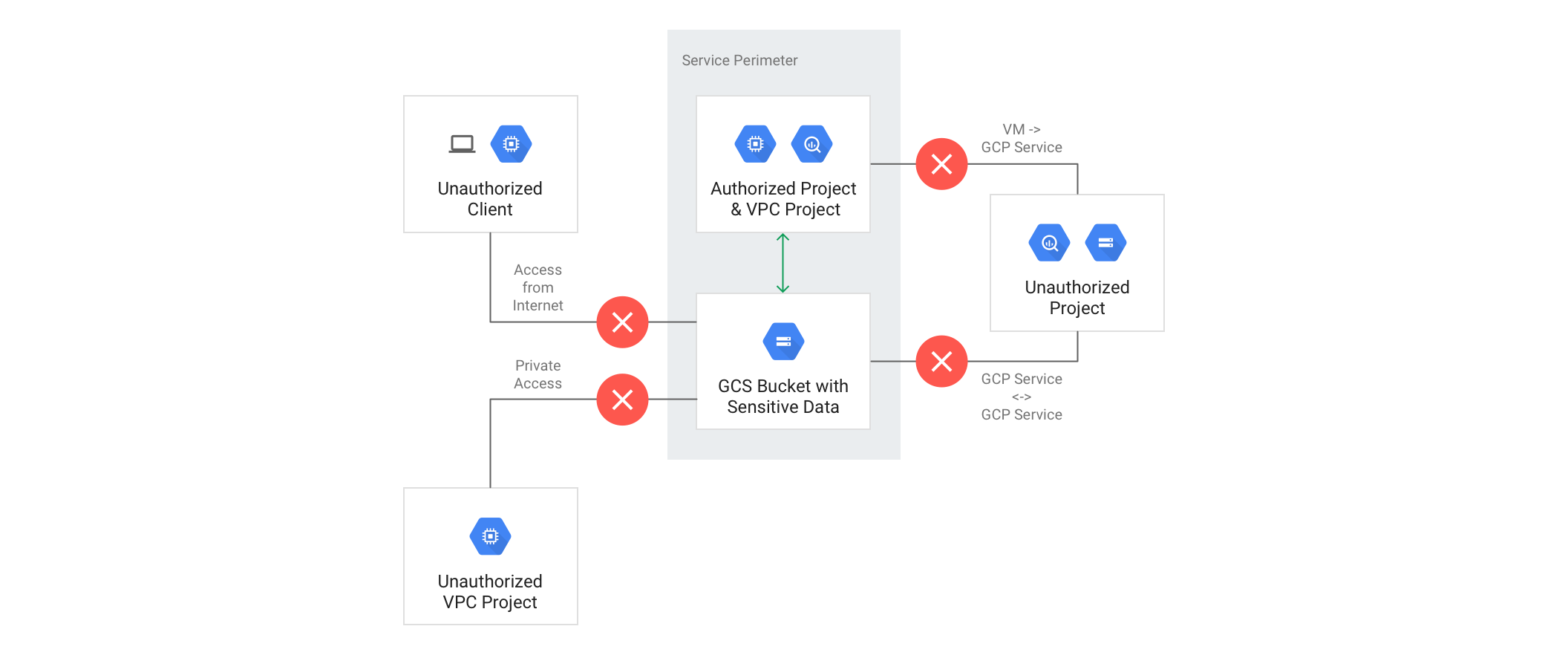Features in Google Cloud for Securing Virtual Machines(VMs)
About 1 min
Features in Google Cloud for Securing Virtual Machines(VMs)
Shielded VMs
Shielded VMs use verification on hardware IDs and chips to defend against Linux bootkits and rootkits and provides self-healing security features such as integrity monitoring and healing.
It uses Secure Boot, Virtual trusted platform module(vTPM)-enabled Measured Boot, and Integrity monitoring.
Monitoring
You can monitor your VMs in a few ways with Shielded VMs:
- You can monitor the boot integrity of shielded VMs with cloud monitoring.
- You can automatically take action on integrity failures with cloud functions.
Confidential VMs
These Virtual Machines use encryption-in-use and encrypt the data in memory. You provision this type of VM with the type N2D:
n2d-standard-2n2d-standard-4n2d-standard-8n2d-standard-16n2d-standard-32n2d-standard-48n2d-standard-64n2d-standard-80n2d-standard-96n2d-standard-128n2d-standard-224
VPC Service Controls
VPC Service Controls can define perimeters around sets of services within a VPC and can have their access limited. Traffic that crosses perimeters have Ingress and Egress rules. This affords us the following benefits:
- Unauthorized networks with stolen credentials are blocked
- Data exfiltration blocked.
- Safety net for misconfigured over-permissive IAM policies.
- Honeypot perimetering and additional monitoring.
- Extend perimeters to on-premiss networks
- Context-aware access to resources
VPC Service Control Netflow
